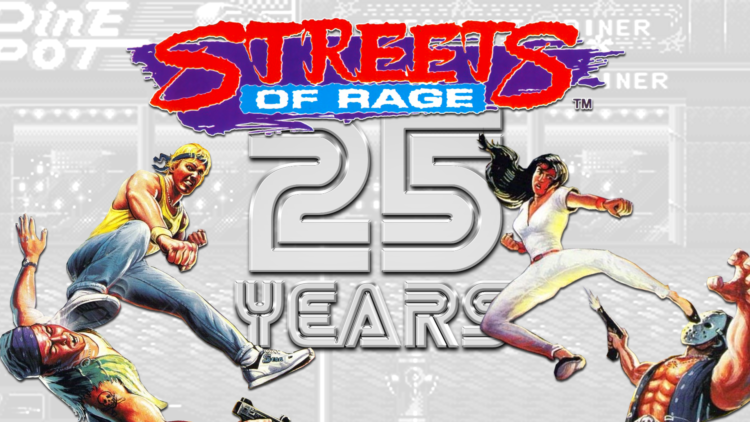 How did SEGA’s Streets of Rage/Bare Knuckle become the big franchise that it came to be? Many people in the West know Streets of Rage as a defining video game franchise for the SEGA Genesis/Mega Drive – and they aren’t wrong – it was one of the greatest trilogies to grace the console. Today we will take a look at the early concepts, changes and history of the first title that came out 25 years ago. That is correct, the first Streets of Rage launched just months after Sonic the Hedgehog back in 1991, which was a huge year for SEGA’s 16-bit machine.
How did SEGA’s Streets of Rage/Bare Knuckle become the big franchise that it came to be? Many people in the West know Streets of Rage as a defining video game franchise for the SEGA Genesis/Mega Drive – and they aren’t wrong – it was one of the greatest trilogies to grace the console. Today we will take a look at the early concepts, changes and history of the first title that came out 25 years ago. That is correct, the first Streets of Rage launched just months after Sonic the Hedgehog back in 1991, which was a huge year for SEGA’s 16-bit machine.
So let’s hit the streets and rage on.
The Development
It is no surprise that SEGA was always looking to best Nintendo at everything they did with the Super Nintendo Entertainment System. SEGA took note that Capcom’s arcade beat ’em up Final Fight was a huge success in the arcades where it competed with other SEGA beat ’em ups (for example Golden Axe came out months prior to Final Fight). Capcom announced that the home port of Final Fight would be exclusive to the SNES, this lead SEGA’s internal staff to plan their own beat ’em up in the same vain as Final Fight.
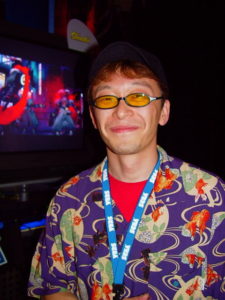 SEGA’s Noriyoshi Ohba was selected as the director of the new upcoming game during the early 1990s. Ohba was still considered a fresh graduate from Waseda University three years prior to him starting work on what would be known as Streets of Rage/Bare Knuckles. The crazy thing is, Ohba studied economics and business yet ended up working and advancing rapidly at SEGA. He started working at SEGA as a planner on early games like Wonder Boy in Monster Land, then eventually ended up as game director for the massively popular The Revenge of Shinobi/Super Shinobi on the SEGA Genesis/Mega Drive. After he redefined the Shinobi franchise with The Revenge of Shinobi, Ohba took on the task of creating a competitor to Capcom’s Final Fight arcade game.
SEGA’s Noriyoshi Ohba was selected as the director of the new upcoming game during the early 1990s. Ohba was still considered a fresh graduate from Waseda University three years prior to him starting work on what would be known as Streets of Rage/Bare Knuckles. The crazy thing is, Ohba studied economics and business yet ended up working and advancing rapidly at SEGA. He started working at SEGA as a planner on early games like Wonder Boy in Monster Land, then eventually ended up as game director for the massively popular The Revenge of Shinobi/Super Shinobi on the SEGA Genesis/Mega Drive. After he redefined the Shinobi franchise with The Revenge of Shinobi, Ohba took on the task of creating a competitor to Capcom’s Final Fight arcade game.
“After the development of The Super Shinobi was complete, I discussed with Yuzo Koshiro some ideas for making a ‘Street Karate’ game. We looked at titles such as Double Dragon and Final Fight and used detective TV shows like Starsky & Hutch and The A-Team for reference – then we proceeded to create the concept for Bare Knuckle.” – Noriyoshi Ohba Interview with Read Only Memory
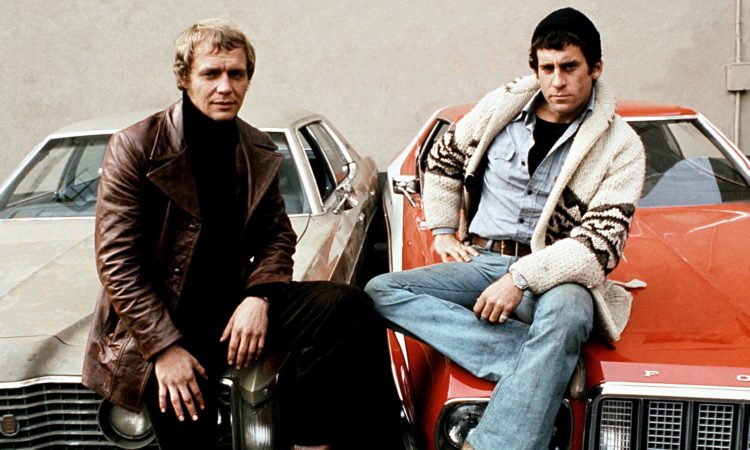 SEGA also had team members that just finished up on 1990’s E-SWAT: City Under Siege to join the Noriyoshi Ohba in the creation of this new Final Fight competitor. One of those stand out developers was Hiroaki Chino who served as a game designer for both E-SWAT and the first Streets of Rage (and later Sonic CD). Atsushi Seimiya would also join the the team as an art designer having worked previously on not only ESWAT but also on Capcom’s Strider (SEGA Genesis/Mega Drive version).
SEGA also had team members that just finished up on 1990’s E-SWAT: City Under Siege to join the Noriyoshi Ohba in the creation of this new Final Fight competitor. One of those stand out developers was Hiroaki Chino who served as a game designer for both E-SWAT and the first Streets of Rage (and later Sonic CD). Atsushi Seimiya would also join the the team as an art designer having worked previously on not only ESWAT but also on Capcom’s Strider (SEGA Genesis/Mega Drive version).
Streets of Rage/Bare Knuckles started development under the working title of ‘D-SWAT‘ were the D stood for Dragon. What a name, if you think about it. The Dragon SWAT, that’s as 90s as a name can get. Development started on July 16, 1990 with the team hoping to finish up the game by December 31st of that same year. That would mean that just under ten developers working for six months would create the first entry to this legendary franchise. Gaming sure has changed in the past 25 years, huh?
Check out early drafts from Read-Only Memory’s Sega Mega Drive/Genesis Collected Works:
As you would expect, a lot of the early stuff received changes. Below is the introduction story for the game when it was still D-SWAT:
“THE 21ST CENTURY HAS BECOME THE AGE OF THE CRIMINAL.
CITIES SUCH AS TOKYO, NY, LA, HONG KONG AND LONDON
ARE RAMPANT WITH ORGANIZED CRIME. THE ICPO (PART
OF THE INTERNATIONAL JUDICIAL ADMINISTRATION) HAS BEEN
HELD RESPONSIBLE AND AS A RESULT HAS BEEN DENIED THE
RIGHT TO ARREST.”
“FINDING THEMSELVES IN DIRE STRAIGHTS, THE ICPO HAS
ASSEMBLED A SPECIAL TASK FORCE. THEIR PURPOSE IS TO
WIPE OUT CRIMINALS. TO AVOID PUBLIC CONDEMNATION THEY
OPERATE IN SECRET AND WITHOUT FIREARMS. THIS UNIQUE
GROUP OF WARRIORS HAVE TRANSFORMED THEIR BODIES INTO
DEADLY WEAPONS.”
“NOW THEY STRIKE DREAD AND VENGEANCE INTO THE HEART
OF THE CRIMINAL WORLD, WHO REFER TO THEM AS THE…”
“Dragon-SWAT” … “D-SWAT”
Here is what it was changed to in the final product, for those gamers who haven’t popped in the classic first entry since its release 25 years ago:
“THIS CITY WAS ONCE A
HAPPY, PEACEFUL
PLACE… UNTIL ONE
DAY, A POWERFUL SECRET
CRIMINAL ORGANIZATION
TOOK OVER. THIS
VICIOUS SYNDICATE SOON
HAD CONTROL OF THE
GOVERNMENT AND EVEN
THE POLICE FORCE. THE
CITY HAS BECOME A
CENTER OF VIOLENCE
AND CRIME WHERE NO ONE
IS SAFE.
AMID THIS TURMOIL, A
GROUP OF DETERMINED
YOUNG POLICE OFFICERS
HAS SWORN TO CLEAN UP
THE CITY. AMONG THEM
ARE ADAM HUNTER, AXEL
STONE AND BLAZE
FIELDING. THEY ARE
WILLING TO RISK
ANYTHING… EVEN THEIR
LIVES… ON THE…
STREETS OF RAGE”
If I had to pick, I would say that the Streets of Rage story changes were for the best. I never really liked the name E-SWAT and having a following game called D-SWAT would just sound silly. I’m glad that the team changed the name of the game. While I grew up calling the franchise Streets of Rage (the franchise’s localized name in the Americas and Europe), something about ‘Bare Knuckle‘ sounds so badass. But I can see why it got a name change. But it wasn’t just the name that changed when D-SWAT became Bare Knuckle/Streets of Rage. All three of the main characters did too!
In early drafts the lead character for the game was called ‘God Hand’, a white male character (triggered) that seemed to be inspired by the American Segata Sanshiro, aka Chuck Norris. God Hand or Mr. Hand as we call him, got his name changed to Hawk in beta and then finally became the Axel Stone that we all know today. The early versions of the game also had Black Bird, which was unfortunately their early suggested name for what became Adam Hunter. What a name, I know. Of course before he became Adam Hunter, he was also known as ‘Wolf’, which is still a better name than Black Bird. Lastly Blaze got her start as the Pink Typhoon. You can see the early character sketches below. I would say that the final looks are way better than what was originally planned, wouldn’t you?
The Game
When the team finally released Streets of Rage to the SEGA Genesis/Mega Drive it was a smashing success and ended up becoming a bigger brand name than Final Fight – at least on home consoles. One of the big reasons for this was that SEGA’s Streets of Rage actually had 2-player co-op which the design team figured was a huge selling point for the game while Final Fight‘s SNES port was only single player. While the basic mechanics of Streets of Rage borrow heavily from Final Fight, the team did try to expand on the game play by adding more abilities when it came to grapples and even featured counter grapple moves for each character. This made you actually want to learn the mechanics and get the upper hand. Sure it wasn’t deep, but it was better than nothing.
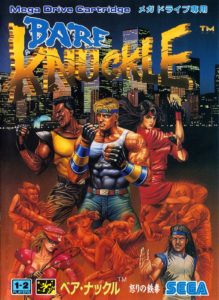 While we gush over Streets of Rage, it has its issues. For example Final Fight did feature bigger, more detailed sprite work and included more variety in gameplay. Many of the issues that SEGA went on to improve in its later sequels, which we shall talk about another day. No matter how you slice it, Streets of Rage is a great start to one of the most iconic beat ’em ups in Video Game history.
While we gush over Streets of Rage, it has its issues. For example Final Fight did feature bigger, more detailed sprite work and included more variety in gameplay. Many of the issues that SEGA went on to improve in its later sequels, which we shall talk about another day. No matter how you slice it, Streets of Rage is a great start to one of the most iconic beat ’em ups in Video Game history.
Streets of Rage starts you in the city, each round progressing you further from home to a beachfront, then on to a ship then to a factory where you finally progress to the syndicate headquarters. While its minor, I always appreciated the journey the characters had to embark on to finally take down Mr. X, the man that plagued their city. While it featured more levels than Final Fight, some felt incomplete. For example ‘Round 7: Freight Elevator stage was rather short and doesn’t feature a boss fight like all the other stages did. I will most likely blame this on the game’s relevantly short development time.
Streets of Rage featured a ending with our heroes triumphing over Mr. X and his syndicate, giving the player a sense of accomplishment. The good ending featured our heroes standing over the slumped body of Mr. X as it slowly fades into a brown monochrome photograph. The scene after has the trio exiting the syndicates building with their rocket launching friend waiting for them outside. After this our heroes get dropped off at the beach as the gang watches the sun set into night time with the waves splashing, we finally get “The End” text appear on the screen. This is the ending that most people remember for the game and its a nice little happy way to end the adventure.
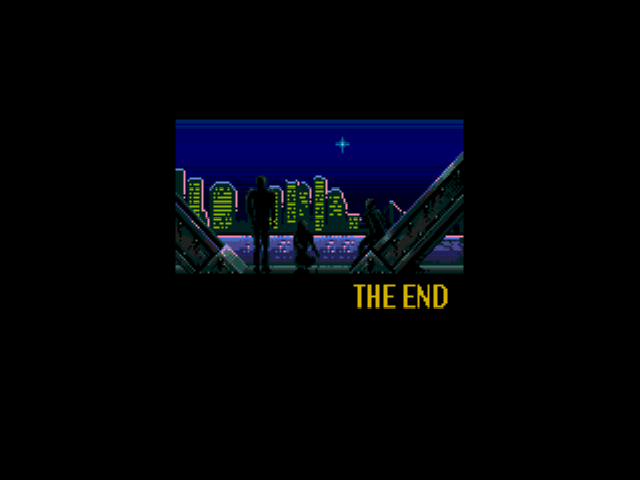 But unlike most beat ’em up games in this time, the game also featured a series of bad endings that are basically the same, just different character models depending on who you beat the game with. For example, the bad ending is only doable with two players, thus one person will have to betray the other one. There comes a part when facing Mr. X that he asks the player, “Well, you found your way here. Would you consider becoming my right-hand man?” if both players select yes, the game will drop you to round 6 and make you fight your way back to Mr. X. If you both select No, you will fight Mr. X and get the good ending. But if one of you guys say yes and the other says no? Mr. X replies with “After working as a team for so long, you part company. Now, a fight to the death!” at this point you have to fight against each other. The winner gets asked again by Mr. X, “You’re no ordinary man. It would be a waste to kill you. Why don’t you join my organization?” again if you hit yes, you go back to round 6. But if you hit no his reply will be, “You’re an evil man. I would never have expected this from you. Die, traitor! You really want to die don’t you… I’ll be happy to oblige!” now at this point you’re forced to defeat Mr. X and unlock the bad ending. It shows your character sitting on Mr. X’s chair with Yuzo Koshiro’s eerie song kicking in as the credits scroll past, after they are finished our once hero now turned villian will laugh as he slowly turns monochrome brown like a old photograph with the word ‘bad ending’ on top.
But unlike most beat ’em up games in this time, the game also featured a series of bad endings that are basically the same, just different character models depending on who you beat the game with. For example, the bad ending is only doable with two players, thus one person will have to betray the other one. There comes a part when facing Mr. X that he asks the player, “Well, you found your way here. Would you consider becoming my right-hand man?” if both players select yes, the game will drop you to round 6 and make you fight your way back to Mr. X. If you both select No, you will fight Mr. X and get the good ending. But if one of you guys say yes and the other says no? Mr. X replies with “After working as a team for so long, you part company. Now, a fight to the death!” at this point you have to fight against each other. The winner gets asked again by Mr. X, “You’re no ordinary man. It would be a waste to kill you. Why don’t you join my organization?” again if you hit yes, you go back to round 6. But if you hit no his reply will be, “You’re an evil man. I would never have expected this from you. Die, traitor! You really want to die don’t you… I’ll be happy to oblige!” now at this point you’re forced to defeat Mr. X and unlock the bad ending. It shows your character sitting on Mr. X’s chair with Yuzo Koshiro’s eerie song kicking in as the credits scroll past, after they are finished our once hero now turned villian will laugh as he slowly turns monochrome brown like a old photograph with the word ‘bad ending’ on top.
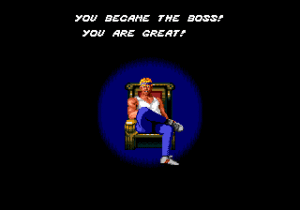 While the bad ending might seem like a cool easter egg to a game that is 25 years old, it made me think of the games dynamics in a different way. The basis for the game is that the syndicate and its power have taken over everything, no one can fight back and the only hope rests between you and your friends. But after all that fighting, pushing and traveling even our hero can become what he fought, becoming the villain they hated so much. Well, at least it blew my mind when my cousin showed me how to unlock it growing up. One of my little favorite aspects about the first Streets of Rage.
While the bad ending might seem like a cool easter egg to a game that is 25 years old, it made me think of the games dynamics in a different way. The basis for the game is that the syndicate and its power have taken over everything, no one can fight back and the only hope rests between you and your friends. But after all that fighting, pushing and traveling even our hero can become what he fought, becoming the villain they hated so much. Well, at least it blew my mind when my cousin showed me how to unlock it growing up. One of my little favorite aspects about the first Streets of Rage.
The Legendary Soundtrack
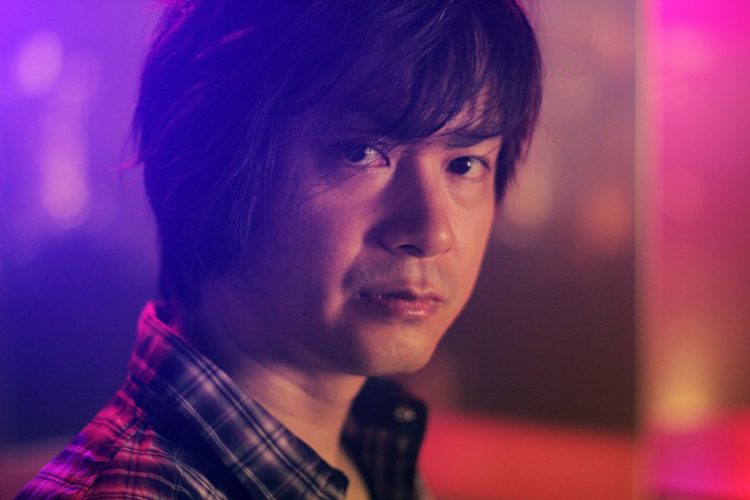 While the game’s setting and gameplay could be compared to Final Fight, one place that the game soared over the competition was the soundtrack by now legendary video game composer Yuzo Koshiro. Yuzo Koshiro took techno and club music and pumped it beautifully through the SEGA Genesis/Mega Drive hardware to produce some of the most mind melting 16-bit home music ever created. While Yuzo Koshiro was already regarded prior to his Streets of Rage soundtrack, especially for his previous work on The Revenge of Shinobi, it was Streets of Rage that set the bar very high.
While the game’s setting and gameplay could be compared to Final Fight, one place that the game soared over the competition was the soundtrack by now legendary video game composer Yuzo Koshiro. Yuzo Koshiro took techno and club music and pumped it beautifully through the SEGA Genesis/Mega Drive hardware to produce some of the most mind melting 16-bit home music ever created. While Yuzo Koshiro was already regarded prior to his Streets of Rage soundtrack, especially for his previous work on The Revenge of Shinobi, it was Streets of Rage that set the bar very high.
One of the things about the early days of SEGA, was the creative freedom that the workers had there and as a result delivered great products. While the team worked from Japan, they aimed the music at American and European audiences. I think this is one of the reasons the soundtrack resonated so well with gamers outside of Japan.
Yuzo Koshiro talks to Red Bull Music Academy about the freedom SEGA gave him regarding the soundtrack:
“Sega didn’t tell me what music they wanted or give me any kind of direction. I only ever did stuff that I liked myself. I told them club music would definitely take off, and I wanted it to be like that, and I gave them a demo. The manager of the consumer department at Sega back then really liked it. It was lucky. I think there were people there who would’ve refused music that wasn’t really popular in Japan. But the manager really took a shine to it.” – Yuzo Koshiro
Yuzo Koshiro made music in a time where the composer had to try to get the most out of the hardware he was working on, it wasn’t just about their talent in writing compositions. Yuzo Koshiro wasn’t just great at that, but he was also great at music programming. He created his own audio programming language he called ‘Music Love’ which was a modified version of the PC-88’s Music Macro Language. Not surprisingly his work on the Streets of Rage soundtrack was considered ‘ahead of its time’, which seemed to be a phrase used a lot when describing most of what SEGA was doing during this time.
Even though he created the soundtracks for the American and European markets, lots of the early released CDs where highly sought after in Japan.
The Legend Lives On
Ask any SEGA gamer about Streets of Rage and you’ll probably see nostalgic smiles with tales of late night co-op gaming with childhood friends. Lots of kids in the 90s, especially in America, lived for these types of games. Beat ’em up was a huge genre and Streets of Rage was at the top of the pack. I think even today, if people had to rank the best beat ’em ups of all time, Streets of Rage will be somewhere on the top of the list. Its dynamic soundtrack with club beats bumping like a heart beat through stereo blew the minds of many young gamers. I actually know quite a few people pursuing a career in video game music and a few of them swear they started after listening to this iconic soundtrack.
Even though Streets of Rage just turned 25 years old and it only got three games in a very short span of time, the franchise has kept its relevancy to this day. It’s hard to believe that it has been about 22 years since the release of Streets of Rage 3. But even though the franchise has been put to rest right doesn’t mean that SEGA didn’t work in the past to revive it. There might be differing opinions on this one, but I’m glad that SEGA didn’t just release a half cooked sequel or reboot, the way they did with Golden Axe: Beast Rider. That sort of stuff really stains the legacy of a franchise and I always cringe when I think of Final Fight: Streetwise.
While it might not be good as a new game, the Streets of Rage characters have lived on in recent games like Project X Zone 2, which featured Axel Stone and Break (from Streets of Rage 3). The games have also been released on Wii, Mobile and PC. But I think the best port has been 3D Streets of Rage 1 and 2 which featured added features. Totally worth checking out if you want to relive the franchise on your Nintendo 3DS! Plus the scan lines on the Nintendo 3DS are flawless.
The best release so far, in terms of merchandise, has been Data Disc’s record pressings of both Streets of Rage and Streets of Rage 2. The company took fantastic care and put together a great package that will make you swoon. It’s great seeing the game’s fantastic artwork displayed on a bigger medium , but it also comes with a bunch extras and Data Disc even go Yuzo Koshiro to come help remaster the soundtrack. I must have for SEGA and Streets of Rage fans.
While at this moment there isn’t a new Streets of Rage game project, SEGA has teased that they are working on creating an animated project with the property. We might be seeing more Streets of Rage in the near future, if the project gets green light.
Read more Streets of Rage content:
- The SEGA Five: Streets of Rage punks we love to punch
- Round Table: The future of Streets of Rage and our favorite memories
- Classic SEGA Ads: Streets of Rage 2 earns you respect!
- Backbone Entertainment pitched Streets of Rage and ESWAT concept art leaked
- Streets of Rage 4 cancelled Dreamcast concept art makes its way online

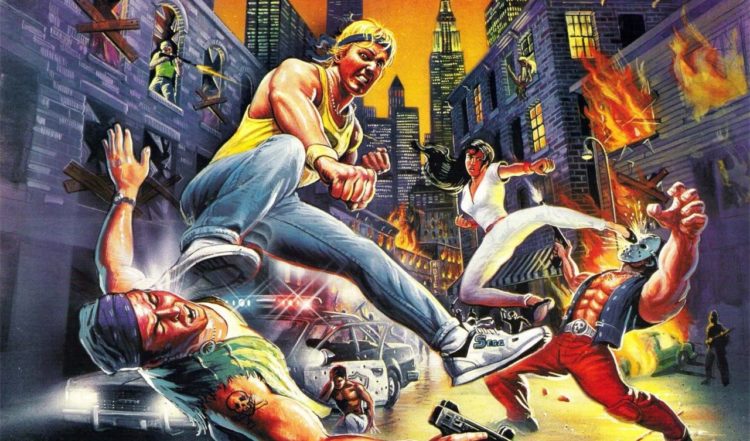
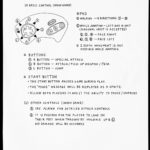
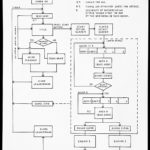
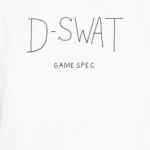
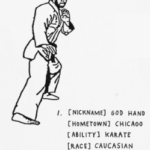
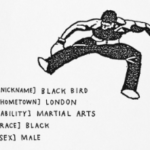
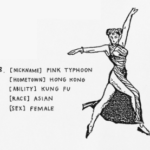
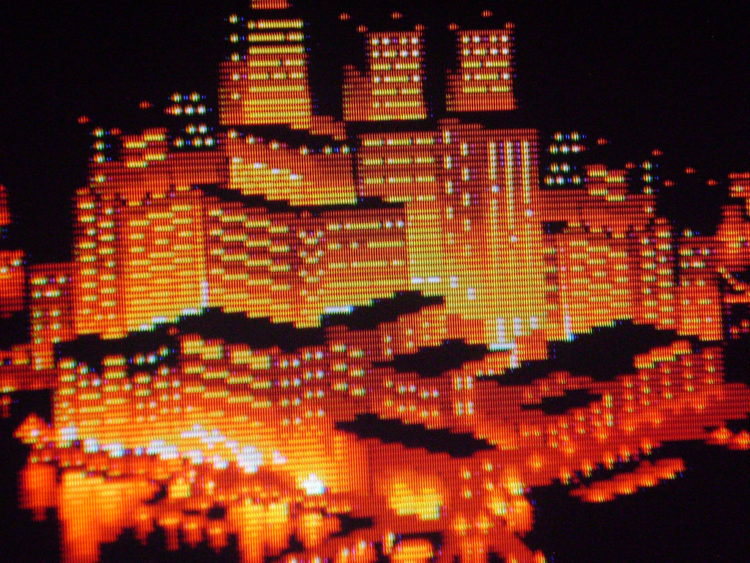
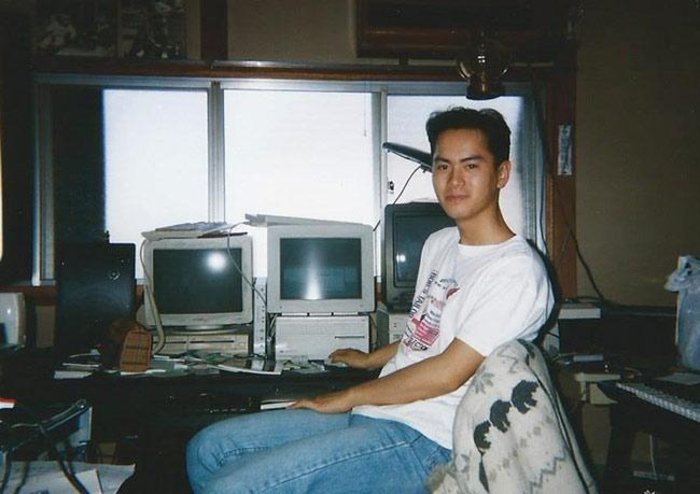
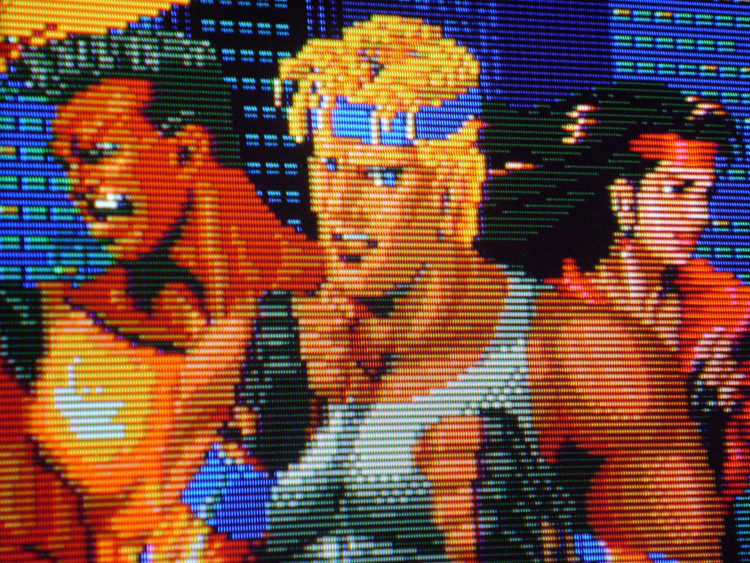
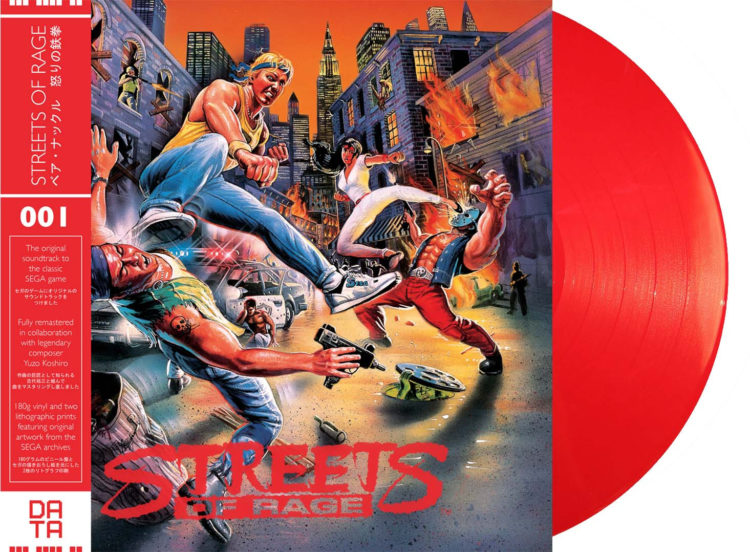


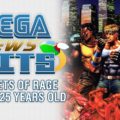
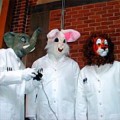
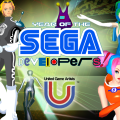
Streets 3 was my very first MD game, I bought it with the console because it looked cool (thanks cover + screenshots on the back of the box).
But because easy difficulty was only 5 levels (with “The end?” after defeating Robot X at the top of the building), I never play any game on easy level! Childhood hurts lol.
Can’t tell which one is the best between 2 or 3, both have their own charms I think.
2 is the best
Streets of Rage 1 is my favorite. SoR 2, like most sequels, is bigger and bolder than the original, but it loses some of what made the original great.
The original is the 90’s. I respect part1. 2 is bad S and looks nicer. 3 is very good. And i like it being hard. But when u know the algo of the game then sor3 is just as like sor 1 and 2. They are all great. But sor 2 really made it for me
Beautiful article. Learned a few new things.
I agree the name D-Swat might not be as good as BareKnuckles or Streets of Rage but I like the grand pluralistic corruption plot over the singular evil mastermind Mr.X.
I also like their BareKnuckle explanation 😛
Although they could have said apprehending without lethal force unlike cops today. 😛
Also does anyone know the teams code names.
Like Rieko Kodama was Phoenix or Phoenix Rie, Naoto Oshima was Big Island, Yuji Naka was Muji Yuji or YU2.